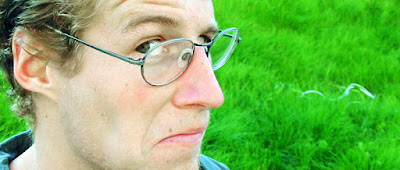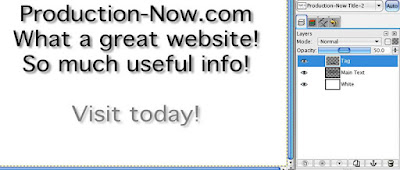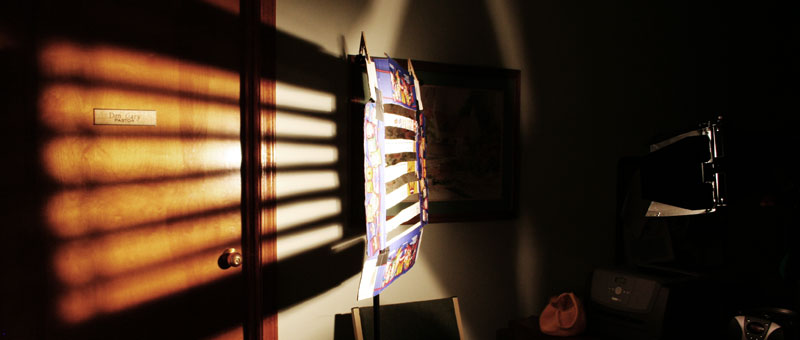But forums, as with any other place (be it the real world of on the 'net), can have some pretty nasty people stroll through. These people are often referred to as "trolls".

Mean People on Forums
Sometimes, however, people post on a forum and due to a simple misunderstanding, or poor choice of words, ignite a "flame war" or just generally make people angry. It is best to avoid such incidents because they do not really lead to anything good. I went in search of an answer earlier today and ran across such an exchange.
So, how does one avoid such issues? I'll offer a few tips:
1. Assume the other person means well. If someone replies to your comment with, "I was actually hoping to get feedback from someone who knows something" (as I once saw), let it go. You can point out, gently, that the people on the Forum probably know something, but leave it at that.
2. If someone points out that your post was not worded very well (see the point above), graciously accept their comment as a genuine attempt to smooth out the conversation. It's amazing what a simple, "Oh, I'm sorry, I didn't mean that at all" can do... and how infrequently people say such things.
3. Keep on the subject of the post, not the relative intelligence level of one, or all, of the posters. It is a good idea, however, to express thanks and appreciation for people who say good things.
4. Do not insult people.
5. Let things go. Good rarely comes from a back and forth debate. Just think of the "Did not!" "Did too!" "Did not!" "Did too!" "Did not!"... type exchanges if you ever find yourself in a disagreement.
6. Remember that contention is often born out of a desire to justify yourself. One of the painful lessons I've learned over the past year is that pain is caused when I defend myself as right. It is easy for me to defend my position, prove the error of my opponent, and reduce their insipid reasoning to dust. But it does no good. Rather...
7. Apologize. If you did not mean something in the way it was taken, apologize that your words hurt them, and move on. No need to defend yourself because you did not mean anything bad.
8. Recognize that you have value outside of your posts, your work, or your insight. Gene Simmons said on an interview that "before you have anything to say, you're important. Do you understand that?" Until you do, you will be tempted to defend what you say as if it were your worth.
I could go on, but the main point is this: Get over yourself and be kind to others.
And don't forget: Forums are some of the best places for information in the world.
~Luke Holzmann
Your Media Production Mentor
























